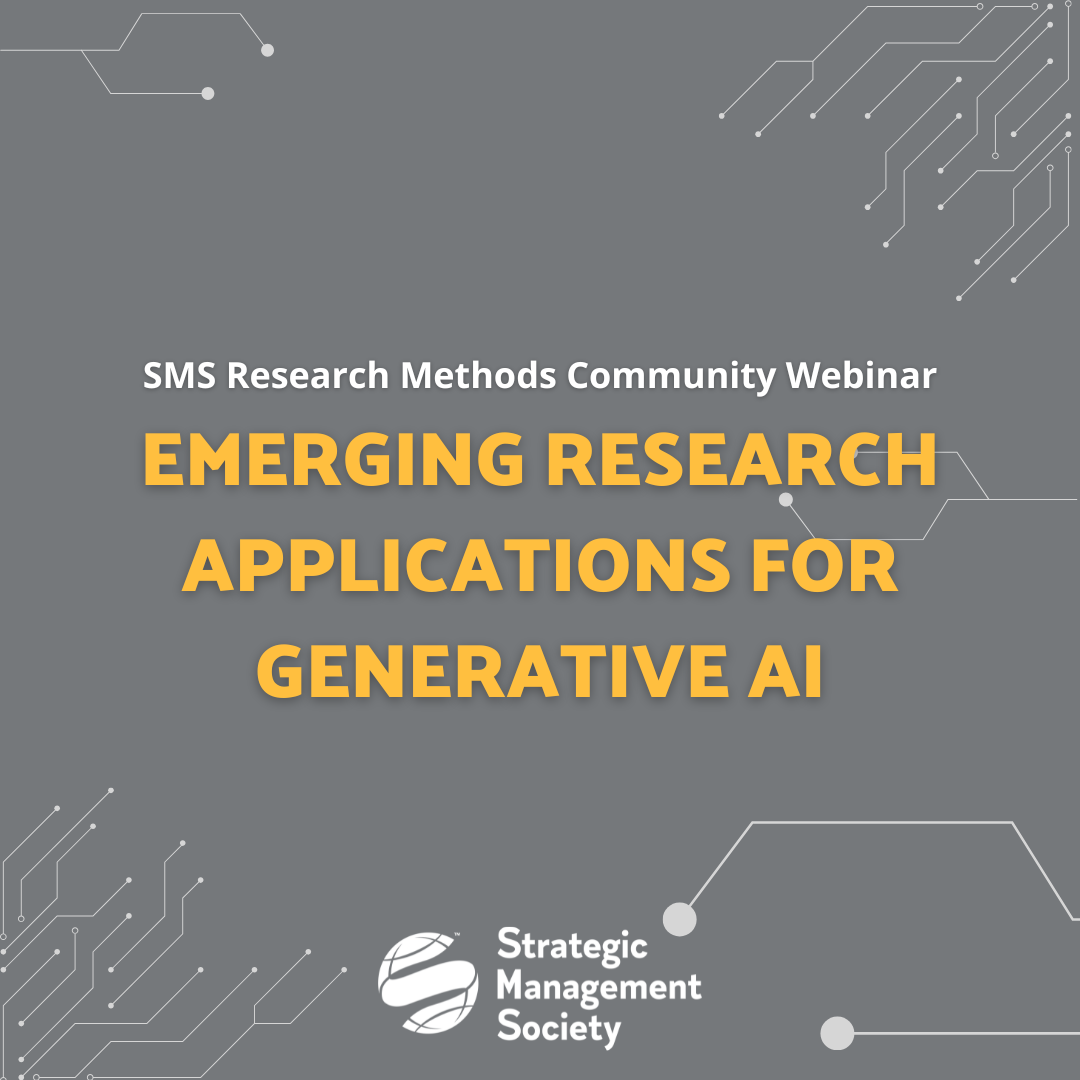The potential of digital technologies to resolve or mitigate a variety of grand challenges facing humanity has been widely recognized. Artificial intelligence (AI) and machine learning (ML), for example, are being used to increase the effectiveness and access to healthcare and education. Blockchain makes it possible to trace resource provenance to help ensure sustainable and ethical production practices, as well as track, verify and tokenize carbon credits that are central to market-based systems that reduce greenhouse gases.
Big data from remote sensing, combined with advanced algorithms, can support the fight against illegal deforestation and conserve biodiversity. Yet, realizing such potential requires not only technological advances but also a viable business model at the firm level. Now, a new study published in Strategic Entrepreneurship Journal illustrates how a new venture may design and innovate on its business model based on digital technology to address multiple grand challenges.
Through a longitudinal case study of a Chinese social enterprise that commercialized remote sensing data and analytics, Theia (pseudonym), Liyan Wang of Hunan University, Wei Zhang of Tsinghua University, Steven White of both Tsinghua University and the Asian Institute of Technology, and Hang Fan of North China Electric Power University, jointly demonstrated a process model for business model design and innovation.
The unique feature of this case, representing a more sophisticated strategy and expansive business model innovation, is the ability to increase both the scale and scope of the firm’s impact on grand challenges. The core insight from their study is an accessing-embedding-strengthening-expanding process model for business model design and innovation, which includes four steps:
- Accessing digital resources: Leveraging institutional affordances and enhancing technological affordances to access digital resources, which in Theia’s case are remote sensing data.
- Embedding as a complementor: Recognizing and exploiting affordances, identifying complementarities, enabling new transactions within the ecosystem, and developing a revenue model. To enter the agricultural insurance ecosystem, for example, Theia functioned as a complementor to large agricultural insurance companies.
- Strengthening the ecosystem: Enhancing the activity efficiency and effectiveness of ecosystem actors to better serve sustainability beneficiaries. Theia’s initial business model focused on enhancing the agricultural insurance ecosystem for base-of-the-pyramid (BoP) farmers in China.
- Expanding scope: Broadening the impact across multiple grand challenges by adapting business model components and entering new ecosystems addressing different grand challenges. Theia entered related ecosystems like agricultural microfinance as well as unrelated ecosystems like ecology, forestry and renewable energy.
During the whole entrepreneurial process, Theia faced challenges in identifying the right customers, acquiring the first customer in a new ecosystem, and realizing the potential scale of impact. Despite challenges, Theia’s strategy resulted in significant social and environmental contributions, represented by the numerous awards it has received by government and non-government organizations.
The research team identifies a set of key questions that entrepreneurs must address if they are to apply the process model and implement a scope-based growth strategy to address multiple grand challenges. These are:
- Do you have, and can you maintain, access to the key resource on which your core technology and business model is based?
- Can you achieve both economic and sustainability objectives in the ecosystem?
- Are there incumbents in the ecosystem? Do you compete or collaborate with them? Do you have sufficient competitive advantage or add sufficient value to the ecosystem, respectively?
- Is the ecosystem open and is the value from a new entrant and technologies recognized?
- Considering relative opportunities for economic and sustainability value growth, do you expand further in the current ecosystem or to a new ecosystem?
- Which new ecosystem to enter? (Q2-4)
- Do you have the resources and capabilities to operate in multiple ecosystems serving different customer needs?
The study contributes to the understanding of business model innovation in the context of digital technologies and highlights that importance of scope, in addition to scale, for assessing a firm and its business model’s impact on grand challenges.




